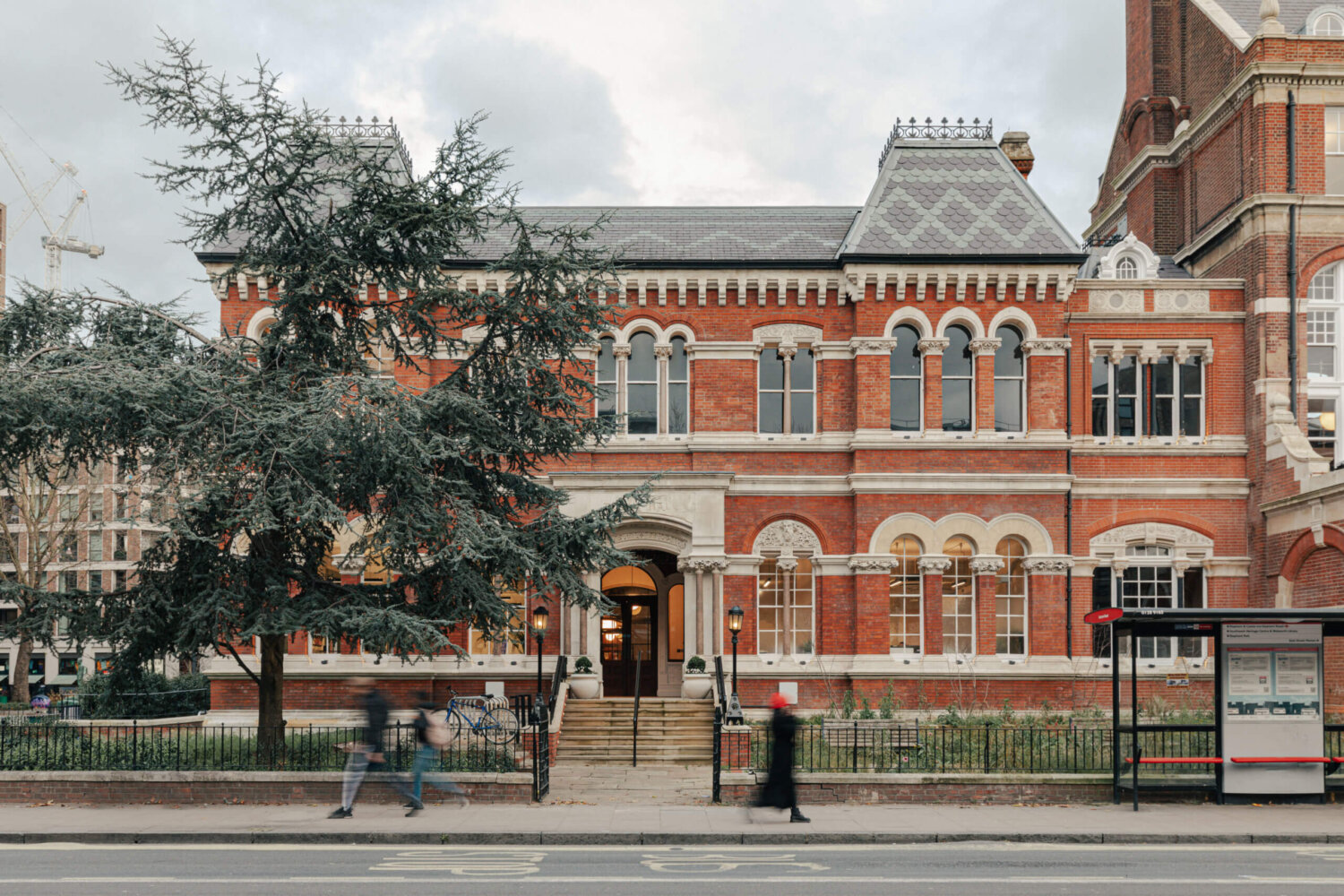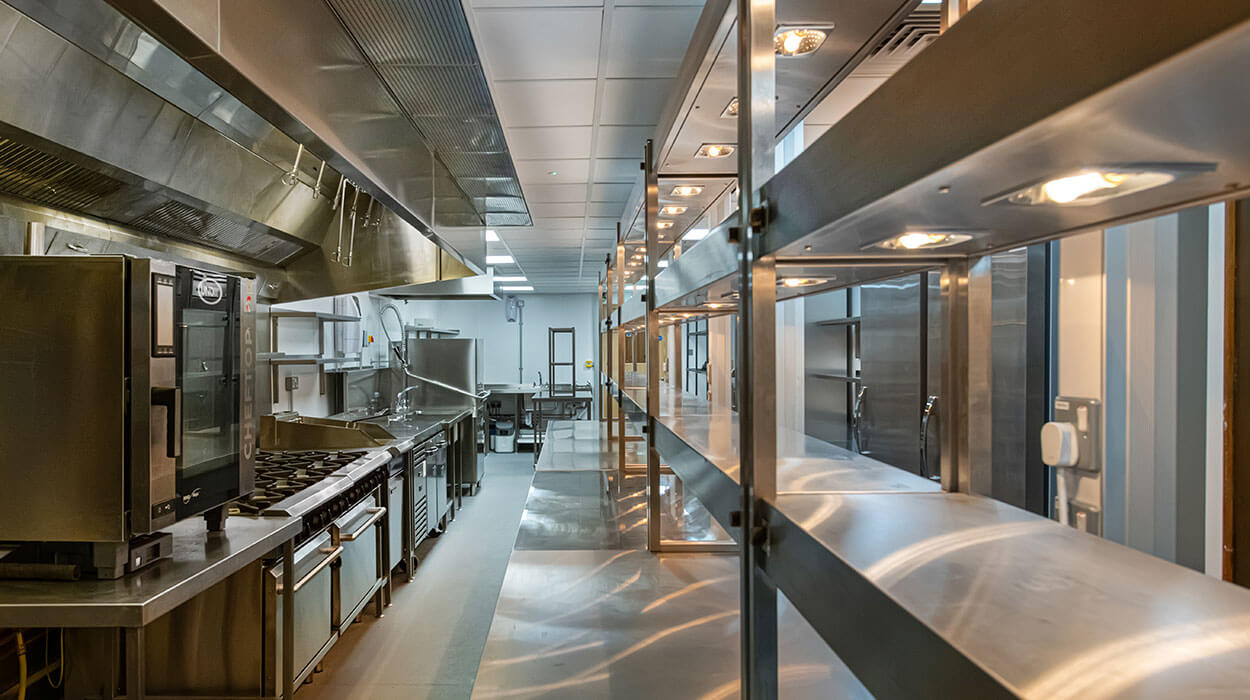The importance of good kitchen ventilation
PUBLISHED: 03/05/2022
A large part of the work we do at Chiller Box is ventilation and our team have the expertise to guide our clients on the best solution for their commercial kitchen. The purpose of a ventilation system is to remove odours and exhaust fumes from the cooking process. When gas burns, it gives off carbon dioxide, so it’s important this is taken out for the wellbeing of staff and customers.
Old versus new systems
When planning ventilation for a new kitchen, the first thing we would look at is the building and seeing where we can ventilate to. We would also consider the type of cooking, the amount of equipment which will be needed and the distance from the kitchen to where the air is being ventilated. If a building hasn’t been a restaurant in the past, you need to be 100% sure you can have an extract system that meets the needs for the type of cooking you want to do.
If we are doing a kitchen refurbishment, we will consider whether it is possible to retain a ventilation system instead of doing a full replacement. We look at whether it is fit for the proposed use. Some clients want to retain the ventilation system to reduce costs and that may be fine, but we will look at whether it causes you any restrictions. Sometimes we can re-use some of the system but not all, so we’ll individually look at the canopy, ductwork and the fan. If kitchen equipment is being upgraded, we’ll check whether the existing ductwork can cope with the new demand. When budgets are tight, and clients want to retain existing ductwork, we may advise reducing the cook-line down. It’s about finding the right balance.
The type of food you serve will have an impact on your ventilation system. For example, oriental cooking tends to have stronger smells with higher powered appliances. We’ll consider how the food type is likely to affect the local environment and look at smoke and odour control. For example, a bigger fan may be noisier so sound control may also be needed.
Meeting industry regulations
In terms of regulations, we will always follow DW-172 when designing a commercial kitchen. There are also Gas Safety regulations which we’ll meet when gas appliances are included, and you can find out more in this guide from the HSE. When solid fuel appliances are used, such as charcoal or wood, we also follow the specific requirements for that equipment and we use this guide from CEDA. Some are good practise whilst others are mandatory but at Chiller Box safety is a top priority so we will always follow the strictest guidance.
Overcoming challenges
The biggest challenge we find is that kitchens are often in basements and so a lot of thought and work is needed to create a compliant ventilation system, especially when the only place to extract is at roof level. For whatever you are extracting, you need to bring in 85% fresh air. It may be that ductwork was put in place when designing the building originally, but it may not be at the optimum level that we would have worked to if we had been involved right at the start. This may mean a bigger fan so the ventilation system is fit for purpose. We’ll research the best solution for each site based on the operators needs and requirements.
Once a ventilation system is in place, you also need to factor in service costs and maintenance to ensure it remains in good working order. The canopy and ductwork need regular cleans as build up of grease can be a fire risk. Sometimes how often this is done is a requirement of your insurance policy so make sure you check this for your business.
If you would like to talk to us about the ventilation system in your commercial kitchen or want to discuss a new kitchen design, you can give us a call on 020 8365 5430 or complete our ‘Contact Us’ form here https://www.chillerbox.com/contact/

